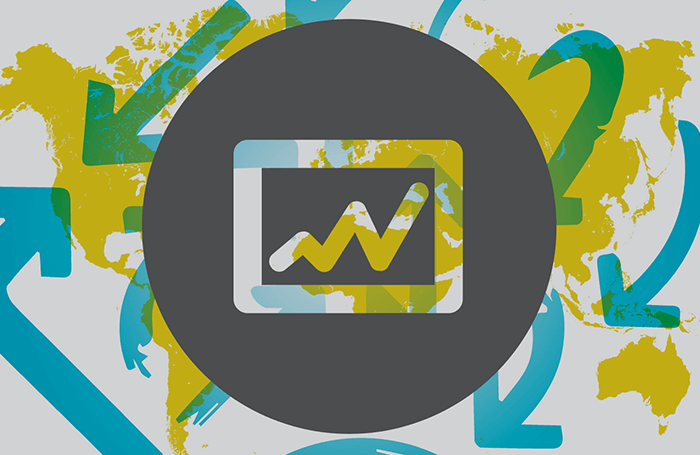
It will come as no surprise to many of you that the price of cancer drugs varies from country to country. But the sheer scale of the variance may come as a shock. Researchers from the World Health Organization (WHO) claim to have conducted the first cross-country cancer drug price comparison of its kind in Europe, Australia and New Zealand, and say that prices can vary by as much as 388 percent. You’ll see the lowest prices in Portugal, Spain, Greece and the UK, but if you're in Sweden, Switzerland or Germany then prices will be higher – although in most cases the prices impact the state, which reimburses them, more than patients. We spoke with Sabine Vogler, lead author of the study and a researcher at the WHO’s Collaborating Centre for Pharmaceutical Pricing and Reimbursement Policies at the Austrian Public Health Institute (GÖG), to find out why prices vary so dramatically and what implications the findings may have for policy makers.
Which findings were most surprising?
Though there is a pattern for some of the countries – for example, Switzerland, Germany and Sweden all rank in the top quarter for at least 70 percent of the drugs surveyed – there is no pattern whatsoever for other countries, such as Australia and New Zealand! Some drugs are priced in the lowest ranks and others in the highest. It was also interesting to see such wide ranging prices when looking at the drugs individually. For instance, the difference between the prices of drugs in the highest and lowest priced countries was 50–100 percent for half of the drugs – and 100–200 percent for three drugs. However, for two drugs, interferon alfa 2b and gemcitabine, the price differences amounted to 223 percent and 388 percent, respectively.Can you explain the pricing variations?
For two medicines in the sample – gemcitabine and zoledronic acid – generic alternatives exist in several countries included in our study. The existence of generics can have a strong impact on the prices of originator medicines, but the impact can vary. Originator prices can decrease with the entry of generics, but not always in every country. Gemcitabine, for example, costs €209 per vial in New Zealand and just €43 in Australia. Variations in price are also linked to the economic situation of a country. Though they are all high-income countries, differences do exist and some countries, such as Greece, have had to undertake austerity measures in the area of pharmaceutical policy (price cuts being one) – zoledronic acid costs €330 per vial in New Zealand but only €128 in Greece. But the economic situation of the countries does not fully explain the differences in price; pharmaceutical policies of the countries apparently also appear to play a major role.What implications does your research have for policy makers?
Our research offers national policy makers in the surveyed European countries, as well as in Australia and New Zealand, evidence about how prices of oncology medicines of their country rank compared to other countries. It is now up to them to draw conclusions, and to take action, if required. Independently from these national considerations, data from our research suggest a need for a fundamental discussion about medicine pricing. Such a discussion would address issues such as the current linkage of medicine prices to the patent system, questions of equity among countries and the issue of transparency of prices.What do you think would make a difference to the pricing system?
In our study, we call for more transparency. A major limitation of our article is that we could only analyze and compare the officially published list prices; in reality, paid prices tend to be lower due to discounts, rebates and similar arrangements concluded in confidential negotiations. This limitation also impacts the pricing system in many countries, as international price comparisons are a key pricing policy. However, authorities also compare to the list prices (since the confidential lower prices are not known), and thus may be at risk of over-paying. We expect that disclosure of discounts and similar price reductions might lead to major savings for public payers.References
- S. Vogler, A. Vitry, and Z.U. Babar, “Cancer drugs in 16 European countries, Australia, and New Zealand: a cross-country price comparison study,” Lancet Oncol., 1, 39-47 (2016).




